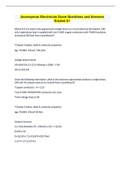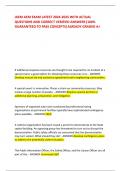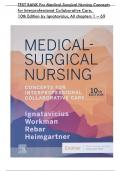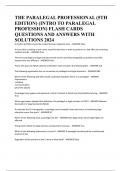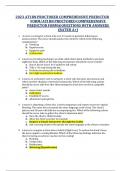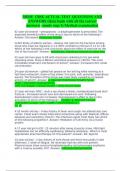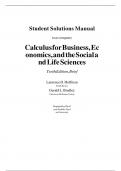Exam (elaborations)
NSG 6340 FINAL EXAM (3 VERSIONS) / NS6340 FINAL EXAM (LATEST-2021): SOUTH UNIVERSITY (300 Q & A) |100% CORRECT ANSWERS, DOWNLOAD TO SCORE “A”|
- Course
- Institution
NSG 6340 FINAL EXAM (3 VERSIONS) / NS6340 FINAL EXAM (LATEST-2021): SOUTH UNIVERSITY (300 Q & A) |100% CORRECT ANSWERS, DOWNLOAD TO SCORE “A”| SOUTH UNIVERSITY NSG6340 FINAL EXAM (3 VERSIONS) / NSG 6340 FINAL EXAM (LATEST-2021) (300 Q & A) |100% CORRECT ANSWERS, DOWNLOAD TO SCORE “A”|
[Show more]





